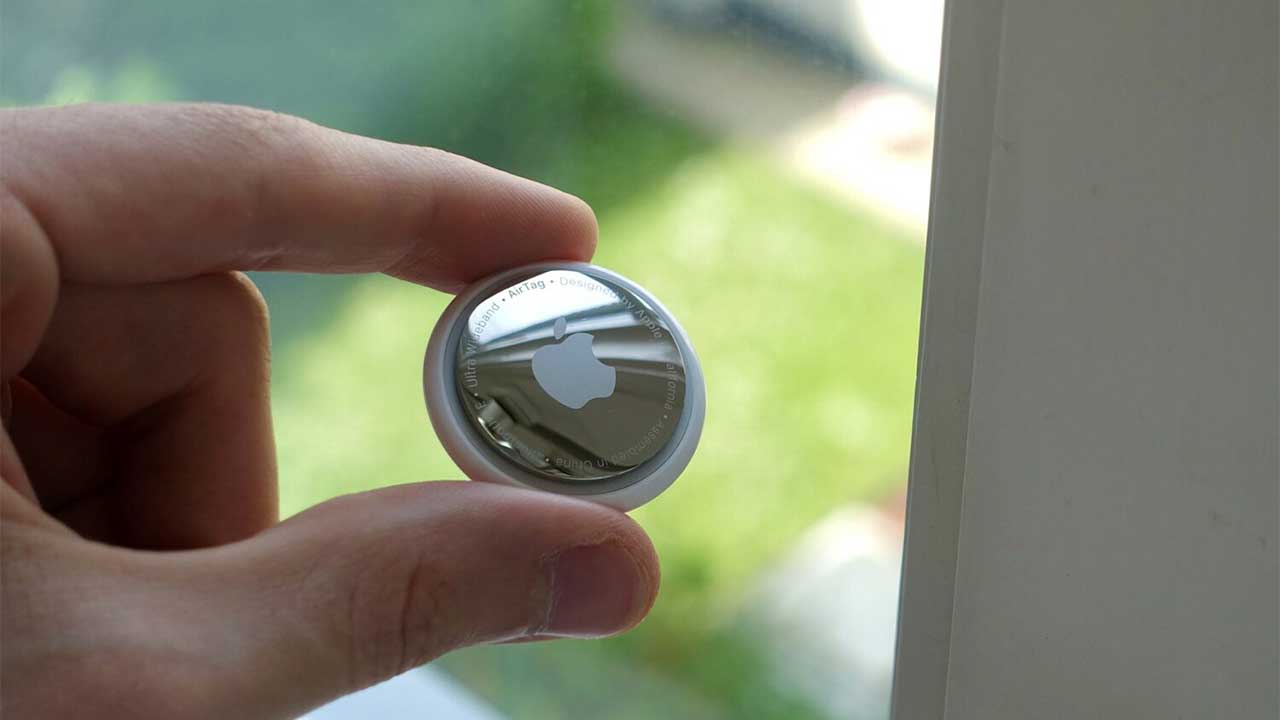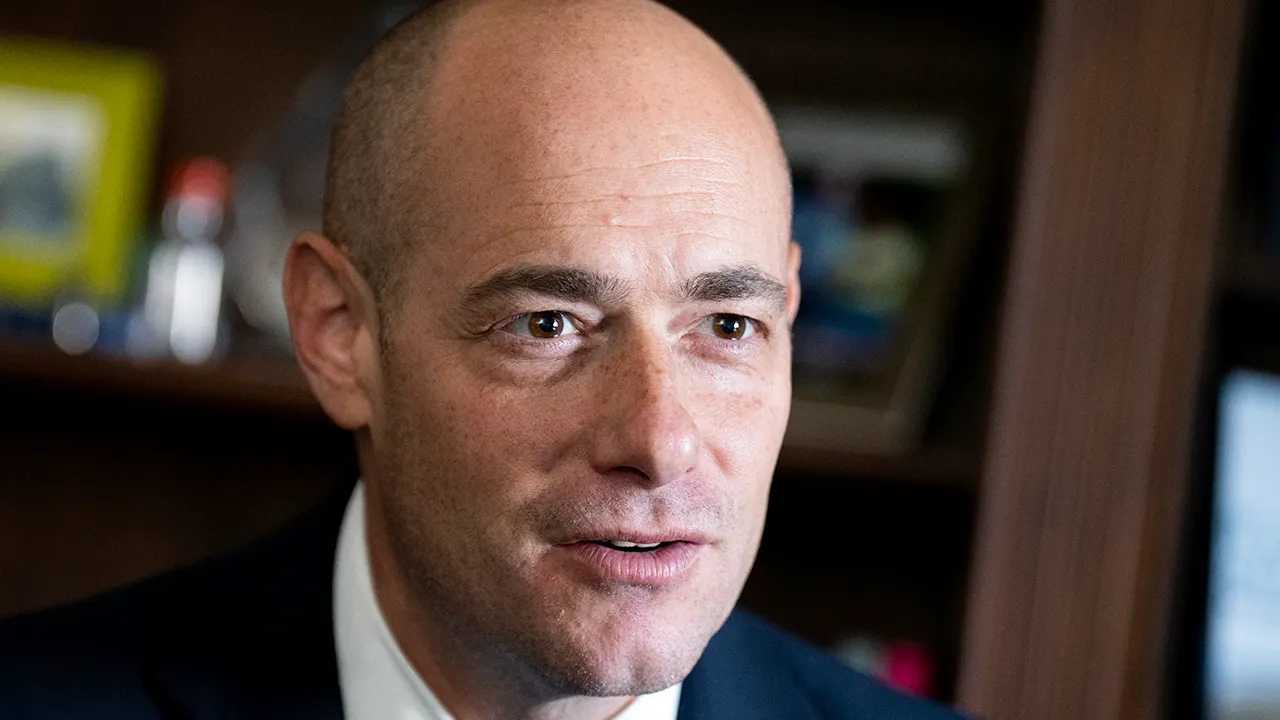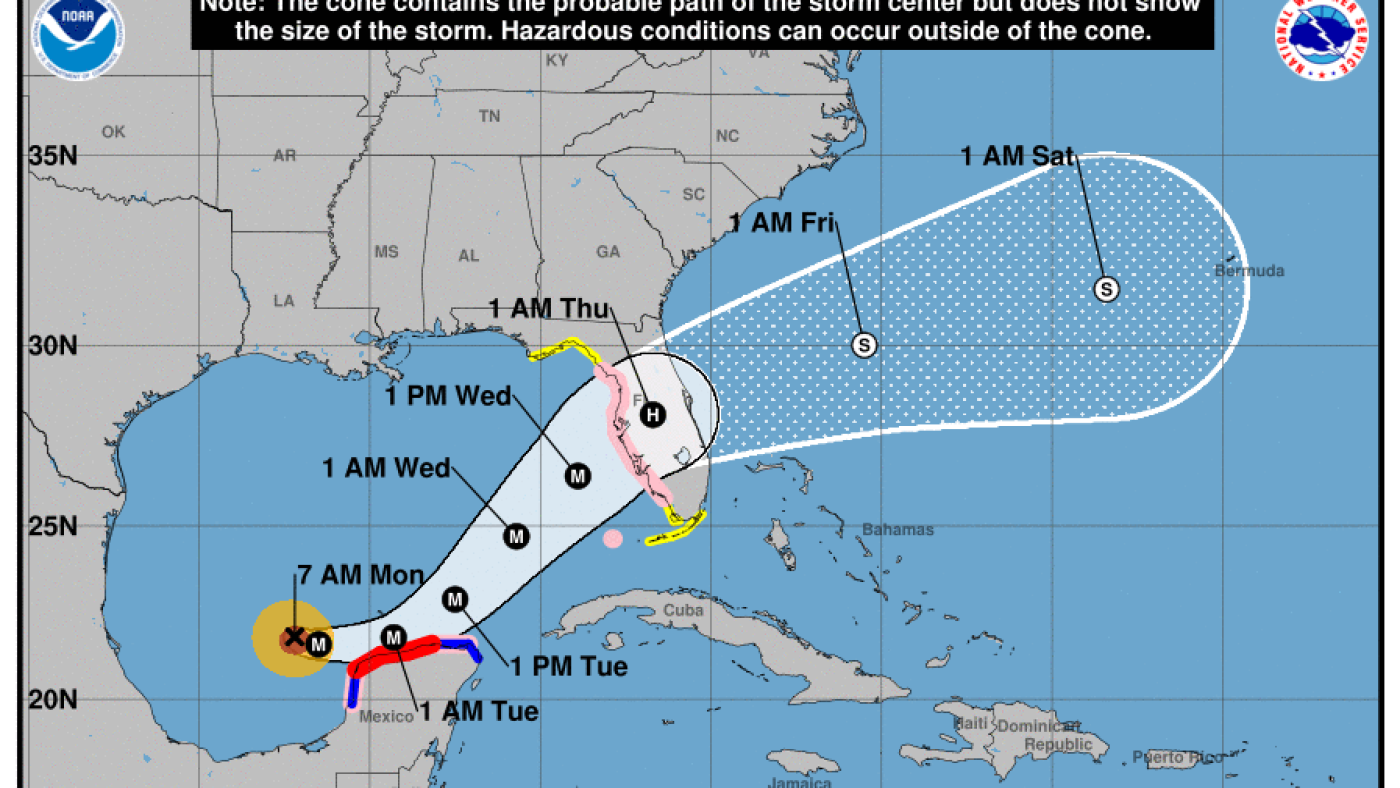Milwaukee, WI
Urban spelunking: Milwaukee Public Library’s Centennial Hall
Centennial Hall at Milwaukee Public Library is one of those places that makes you feel like you’re stepping back in time to a golden age, like the 1890s, when the library was constructed.
But looks can be deceiving, I was reminded, when I re-visited the gorgeous auditorium space, 733 N. 8th St.
First, the space wasn’t always called Centennial Hall.
Second, although it’s not obvious now, the auditorium was not built with the rest of the library, but about 15 years later.
Third, it hasn’t always looked as ornate as it does now. Sure, it did at the beginning, but over the years it had been “modernized” and much of its splendor obscured.
Fourth, Centennial Hall is not the name of the auditorium, but rather of a three-room facility that includes the large Koeppen-Gerlach Auditorium, the much smaller Masters Room, which is more of a meeting-sized space, and the Loos Room, which was intended as a smaller lecture hall, along with the lobby, of course.
Fifth, Centennial Hall wasn’t really built for the library, but more so for the Milwaukee Public Museum, which shared the building with the library before it moved to its new home across Wells Street in 1963.
While the first and main section of the library opened in 1898, the complex now includes a number of additions dating as recently as 1957.
The first additions to the building took place from 1909 until 1912 and added space for both the library and the public museum.
This work was also designed by Ferry & Clas, whose partnership was dissolved in 1912. Interestingly, while some of the drawings contain the name of the firm, some of the exterior plans name only George Bowman Ferry as architect.
One of the first rooms in the current Centennial Hall complex to open was the Masters Room, which served as a meeting space for the Wolcott Post of the Grand Army of the Repubic (GAR), an association of Civil War Veterans.
The post sought a space – then called the Grand Army of the Republic Memorial Hall – to which it believed it was entitled by Chapter 111, Section 1 of the Laws of Wisconsin (1897), which authorized cities to establish historical museums, “pertaining to the state and nation and the late civil war between the states of the United States.”
The GAR continued to meet in the space – now a 35-seat meeting room named in honor of local industrialist C.L. Masters – until 1941.
The room contains a number of paintings by – and at least one of – Louise Lemp Pabst, the daughter of a St. Louis brewer, who married into the family of a Milwaukee beer baron. Pabst was well-known for her portraiture, and at least one is listed in the online portrait database of the National Portrait Gallery.
Next to open was the lecture hall, the large auditorium we now think of as Centennial Hall.
In a 1923-24 pamphlet, the space was described as “The Public Museum Lecture Hall. This is a hall seating 787 people, with sloping floor, a stage 28 feet wide and 12 feet deep and with a lantern booth, carrying stereopticon and motion picture apparatus; all available without charge for lectures. The entrance is on Eighth Street. The above name should always be used in speaking of (this) room in order to avoid confusion with the lecture rooms of the Public Library.”
According to library sources, the space was used for museum presentations of “popular travel and adventure programs for children and adults on Saturday mornings, and featured Wednesday night programs by local naturalists and travelers.”
MPM moved out of the building and into its new home across the street in 1963, at which time the travel adventure series was transferred to MATC’s Cooley Auditorium.
Later, the space was named the Koeppen-Gerlach Auditorium, in honor of married couple Phyllis Koeppen and Frederick Gerlach, who used to present lectures in the space.
The Milwaukee-born Koeppen worked in public relations and also taught at Marquette University, where she led a field-trip-heavy class called “Exploring Milwaukee.”
Gerlach, a painter trained at the School of the Art Institute of Chicago, the Milwaukee Normal School and the Layton School of Art, drew acclaim for his watercolors of Milwaukee landmarks, as well as scenes in Wisconsin, Michigan and Colorado.
He worked in advertising and also taught at Marquette, leading continuing education watercolor painting classes.
The two married in 1940 and according to the library website, “together, Koeppen and Gerlach presented illustrated dialogues accompanied by Gerlach’s watercolors and drawings and Koeppen’s exhaustive research conducted in great part in the Milwaukee Public Library’s local history room. Both were enthusiastic supporters of the Milwaukee Public Library.”
This space – for which there are original plans from Ferry & Clas – has an ornate coffered ceiling, proscenium and lovely garlands around the door frames at the back.
The Loos Room, now a 150-seat meeting room – was used as a smaller lecture hall and meeting space and was named in honor of German-born Ludwig E. Loos.
Loos arrived in Milwaukee as a 4-year-old in 1914, and attended Hi-Mount School, Washington High School and Marquette University, before becoming an executive at Vilter Manufacturing Corp. from 1936 to 1978.
Loos was also long involved with the Bookfellows / Friends of the Milwaukee Public Library (as was Masters).
Aside from the auditorium, the most sumptuous space in the complex is the lobby, with its barrel-vaulted ceiling, grand marble staircase, inlaid marble floors and other details.
When you enter from 8th Street, one of the first things you’ll see is the tall sculpture of the mythological Greek sea nymph Ione, who was one of the 50 daughters of the Old Man of the Sea (aka Triton, Nereus or Proteus).
Donated by real estate magnate Joseph Zilber in 1987, the work was sculpted in Rome in 1878 by American artist Leonard Volk, who helped open the Chicago Academy of Design (an early iteration of the School of the Art Institute) and was known for having made, in 1860, one of only two life masks of President Abraham Lincoln.
Volk is known to have created a number of sculptures and statues of Civil War figures and for tombs, including one of his wife’s cousin, Stephen A. Douglas, for his resting place.
Later, Volk’s son, Stephen A. Douglas Volk, also an artist, studied under Jean-Léon Gérôme – you’d likely recognize Gérôme’s painting, “Two Majesties,” featuring a lion, at Milwaukee Art Museum – in Paris and later went on to help found the Minneapolis School of Design.
Nowadays, the beautiful marble staircase doesn’t really lead anywhere, but when it was built it connected to an entrance from and into the library building.
“It’s very ornate now,” says Kirsten Thompson, the Milwaukee Public Library’s Manager of Arts, Humanities and Rare Books. “But that ornateness was restored in 1981 and the room reopened in 1982.”
Over the years, there had been many changes, especially in the auditorium, and the the place was “modernized” and much of the detailed decoration covered up.
In 1975, the Bookfellows (the precursor to the Friends of the Milwaukee Public Library) kicked off a campaign to raise money to restore the lecture hall facility for the library.
It was at this time that it was renamed Centennial Hall because the goal was to have it ready to reopen in time for the 100th anniversary of the Milwaukee Public Library in 1978. However, fundraising and the work took longer than expected and the $550,000 required was raised, entirely from private sources.
Pfaller & Herbst Associates with the help of Conrad Schmitt Studios brought back the original glitz while also updating electrical and HVAC systems, as well as bringing the entrance design into harmony with the building’s architecture.
An official grand opening was held Sept. 20, 1982.
Since then, it has served many purposes. I’ve seen and heard famous authors and poets read their work here – Kurt Vonnegut, Maya Angelou, Seamus Heaney, among others.
“People think of it as a place to hold plays and that sort of thing,” Thompson says, “but there’s nothing backstage. There are no dressing rooms.”
And when we go and see for ourselves, she’s, of course, correct. There is no fly loft for scenery, inches behind the back curtain is a solid wall, the only rooms you’ll find off the wings are two small bathrooms, one on either side of the stage, up a flight of stairs.
Underneath the stage is a low-ceilinged space for mechanicals. And that’s it.
There is a projection room at the back of the auditorium, however, so the space can be used for films and A/V presentations.
The two other spaces – the Masters and Loos Rooms – also are frequently used for meetings and smaller events.
The Masters Room has a beautiful vintage billiards table that, like the piano in the auditorium, was donated, as well as those Louise Lemp Pabst paintings. But it also has its original hardwood floor, which gives it a nice ambience.
The Loos Room has some decorative features – including wainscoting and other woodwork, as well as an elegant exposed-beam ceiling – but the most eye-catching is the wooden screen with a series of figures carved into the panels.
Sometimes, says Thompson, the entire three-room facility is rented for things like conferences that will use the smaller rooms as break-out space.
“It does get used a lot,” says Thompson. “This is one of the few spaces currently that there’s a fee to use. But some of the smaller independent high schools use it. They don’t have auditoriums and they have their graduation or other ceremonies here.
“Book authors will come in. Other city departments use this space when there’s civil service testing. It gets used by library staff.
“There’s a variety of things. It is in constant use.”

Milwaukee, WI
Milwaukee Lakefront Marathon runner struck following vehicle crash

CUDAHY, Wis. – A Milwaukee Lakefront Marathon runner is recovering after a car hit her during the race on Sunday, Oct. 6.
It all happened shortly after 11 a.m., on South Lake Drive in Cudahy. Police say the driver had a medical emergency.
It was supposed to be a morning of setting personal records.
SIGN UP TODAY: Get daily headlines, breaking news emails from FOX6 News
But for one runner, the Milwaukee Lakefront Marathon took a tragic turn.
Cudahy police say during the marathon a vehicle hit a 28-year-old runner.
It happened before 11:30 a.m. near Henry and South Lake Drive, across from Aurora St. Luke’s Hospital.
Police say a 68-year-old Waterford woman driving southbound experienced a medical emergency. She sideswiped another vehicle, causing a rollover.
Police say the woman then hit the runner before then coming to a stop near the woods.

“These are obviously incidents we never want to see happen in any event, any live event,” said Jen Puente from the Milwaukee Lakefront Marathon.
Neighbors say the southbound lanes were open to traffic, but the northbound lanes were closed for the race and the runner was alone.
There were no hard barriers blocking cars from getting close to the course.
“There were cones along the race route to indicate the race route, along with signage, public awareness and officials along the course,” added Puente. “The Milwaukee Lakefront Marathon team will continue debriefing and looking at options to ensure runner safety not just next year but perpetuity.”
The runner and two drivers involved were taken to the hospital.
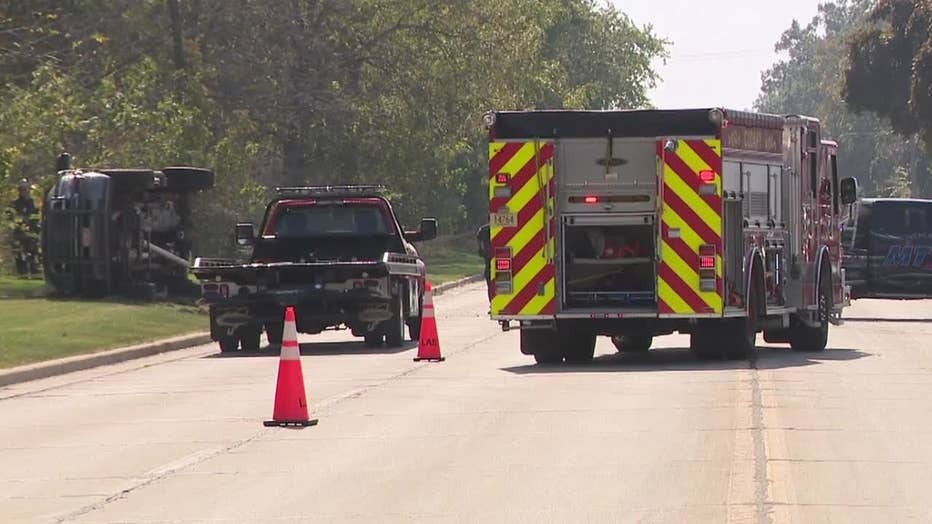
One vehicle was on its side
FREE DOWNLOAD: Get breaking news alerts in the FOX6 News app for iOS or Android.
Puente provided an update on the runner who survived but never reached the finish line.
“The runner was released from the hospital and is at home recuperating and recovering,” said Puente.
Police say the runner who was hit is from Medford, Wisconsin, which is in the northern part of the state.
FOX6 is working to get an update on the others involved in this incident.
Milwaukee, WI
Silver Alert issued for critically missing 69-year-old Milwaukee man with dementia

The Wisconsin Department of Justice and Milwaukee police are searching for a vulnerable, critically missing 69-year-old man.
Ike King Jr. was last seen traveling on foot Sunday, Oct. 6, around 10:30 p.m. in the 3300 block of North 41st Street, a largely residential area just west of West Fond du Lac Avenue. King has dementia. He is Black and has brown eyes and a black, curly afro. He has a missing front tooth and is about 5 feet, 10 inches tall and 175 pounds with a medium build.
King was last seen wearing a white flannel, a blue shirt, blue pants resembling Dickies style pants and black Nike flip-flops.
Silver Alerts are issued for elderly persons who are missing and believed to have dementia or some other cognitive impairment. “Critical missing” is a label police apply to people who may be especially vulnerable due to a variety of factors.
Anyone with information regarding King’s whereabouts should call the Milwaukee Police Department’s Seventh District at 414-935-7272.
Milwaukee, WI
Milwaukee shootings Sunday; 1 dead, 1 injured
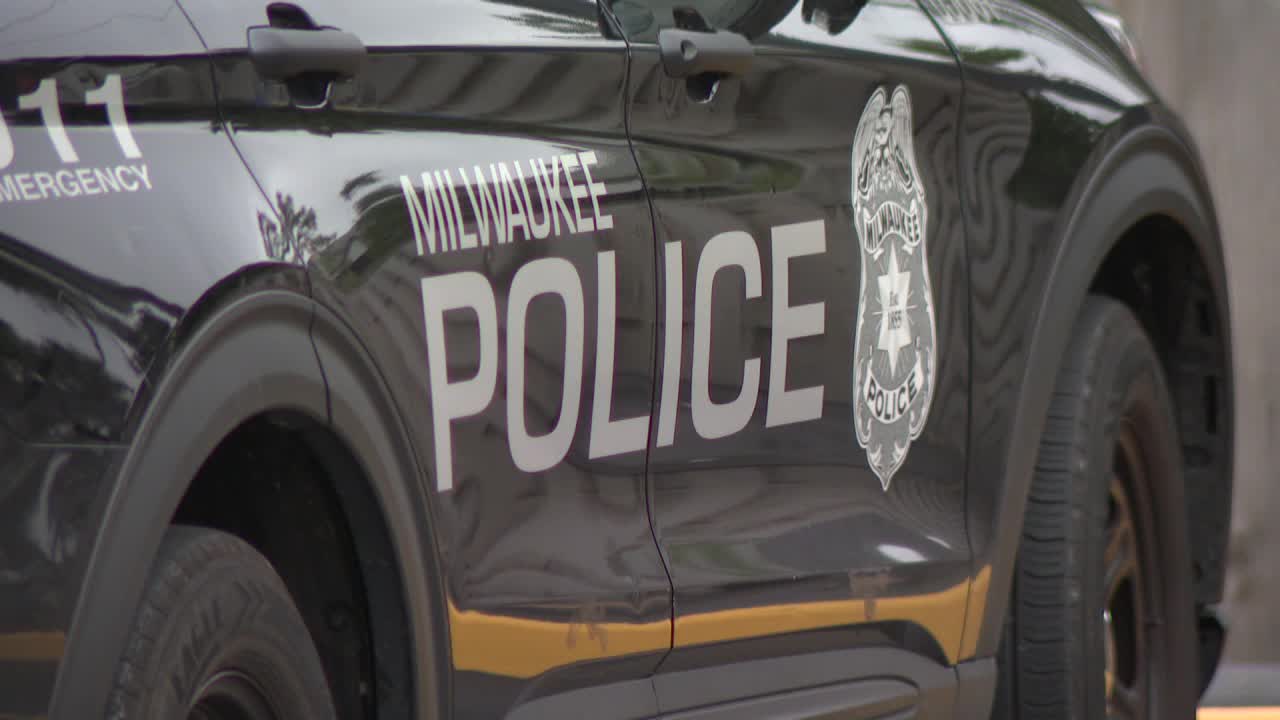
Milwaukee Police Department (MPD)
MILWAUKEE – One person is dead and another is injured after different shootings in Milwaukee on Sunday, Oct. 6.
20th and Cornell
A 16-year-old was shot around 1 p.m. and went to the hospital for treatment. The teen victim succumbed to their injury.
The circumstances leading up to the shooting are under investigation. Police are looking for anyone involved.
Birch and Sheridan
A 25-year-old was shot around 5:30 p.m. The victim went to the hospital for treatment of non-fatal injuries.
Police are still investigating and looking for anyone involved.
MPD tips
Anyone with any information is asked to contact the Milwaukee Police Department at 414-935-7360 or to remain anonymous, contact Crime Stoppers at 414-224-TIPS or use the P3 Tips app.
-
/cdn.vox-cdn.com/uploads/chorus_asset/file/25439572/VRG_TEC_Textless.jpg)
/cdn.vox-cdn.com/uploads/chorus_asset/file/25439572/VRG_TEC_Textless.jpg) Technology5 days ago
Technology5 days agoCharter will offer Peacock for free with some cable subscriptions next year
-

 World4 days ago
World4 days agoUkrainian stronghold Vuhledar falls to Russian offensive after two years of bombardment
-

 World5 days ago
World5 days agoWikiLeaks’ Julian Assange says he pleaded ‘guilty to journalism’ in order to be freed
-

 Technology4 days ago
Technology4 days agoBeware of fraudsters posing as government officials trying to steal your cash
-

 Health2 days ago
Health2 days agoHealth, happiness and helping others are vital parts of free and responsible society, Founding Fathers taught
-

 Virginia6 days ago
Virginia6 days agoStatus for Daniels and Green still uncertain for this week against Virginia Tech; Reuben done for season
-

 Sports3 days ago
Sports3 days agoFreddie Freeman says his ankle sprain is worst injury he's ever tried to play through
-

 News2 days ago
News2 days agoLebanon says 50 medics killed in past three days as Israel extends its bombardment

